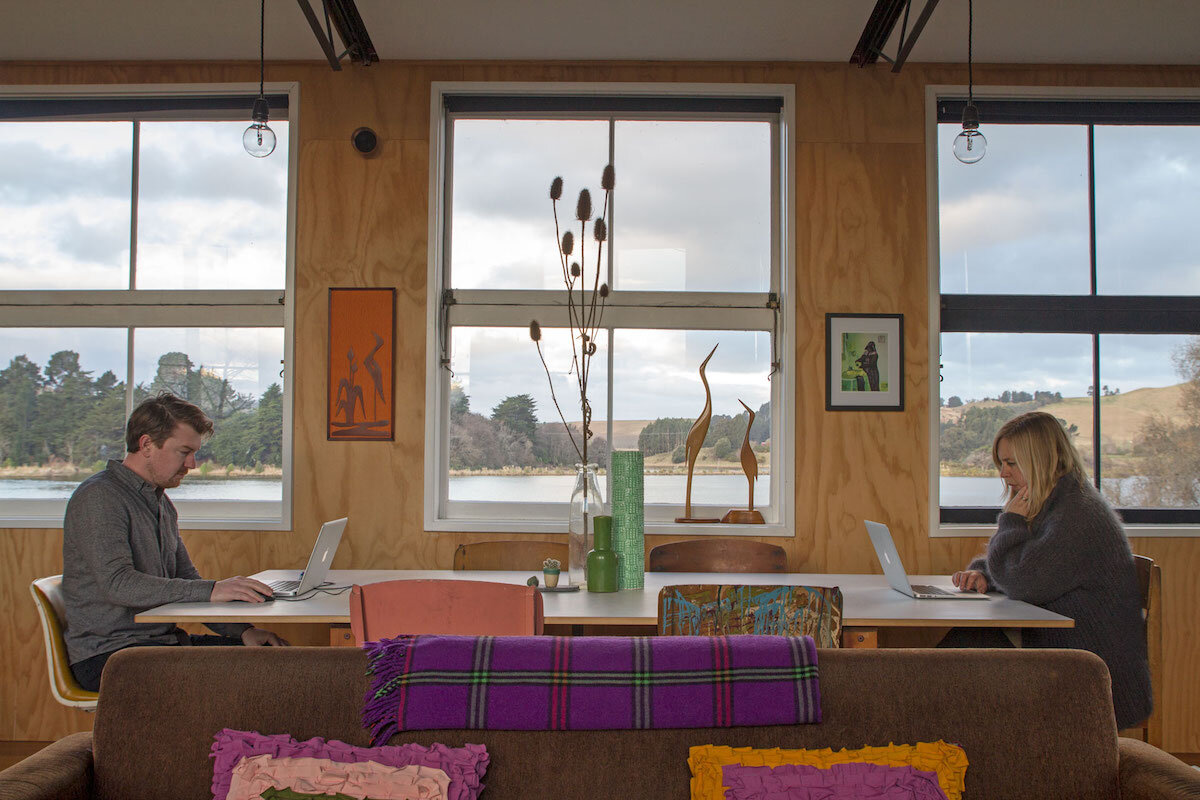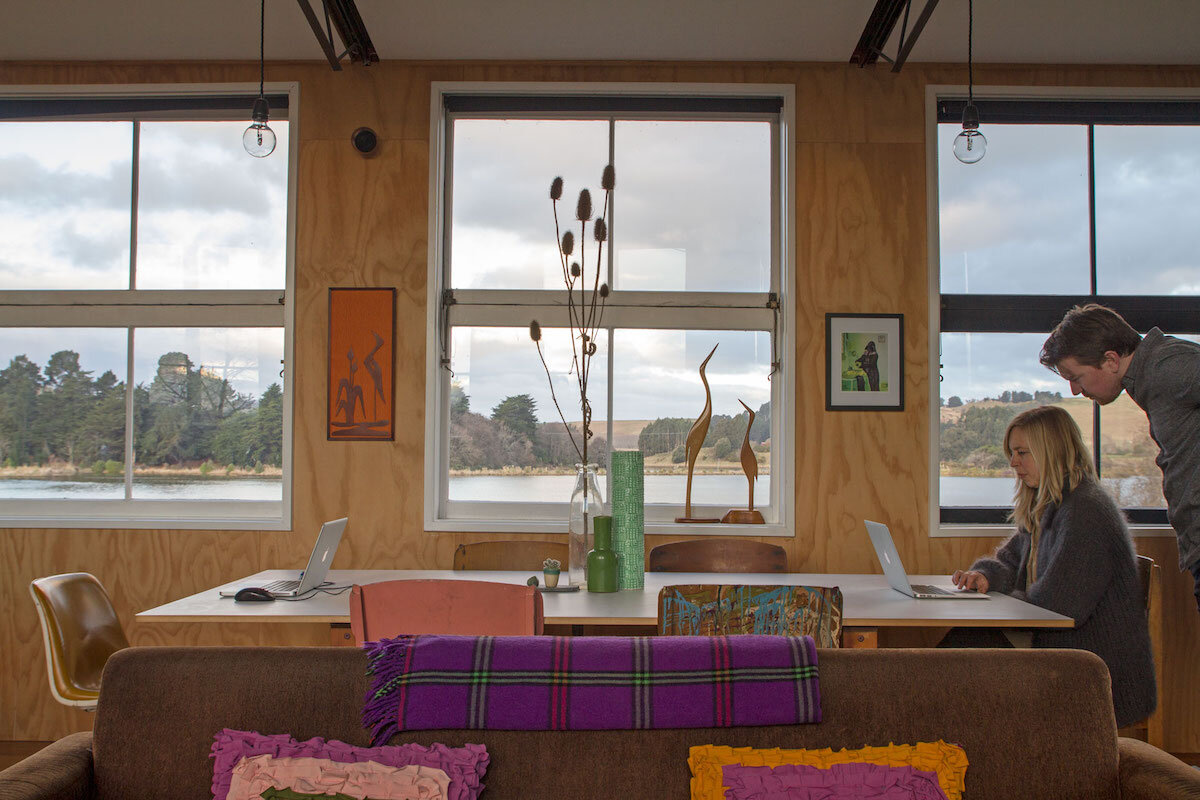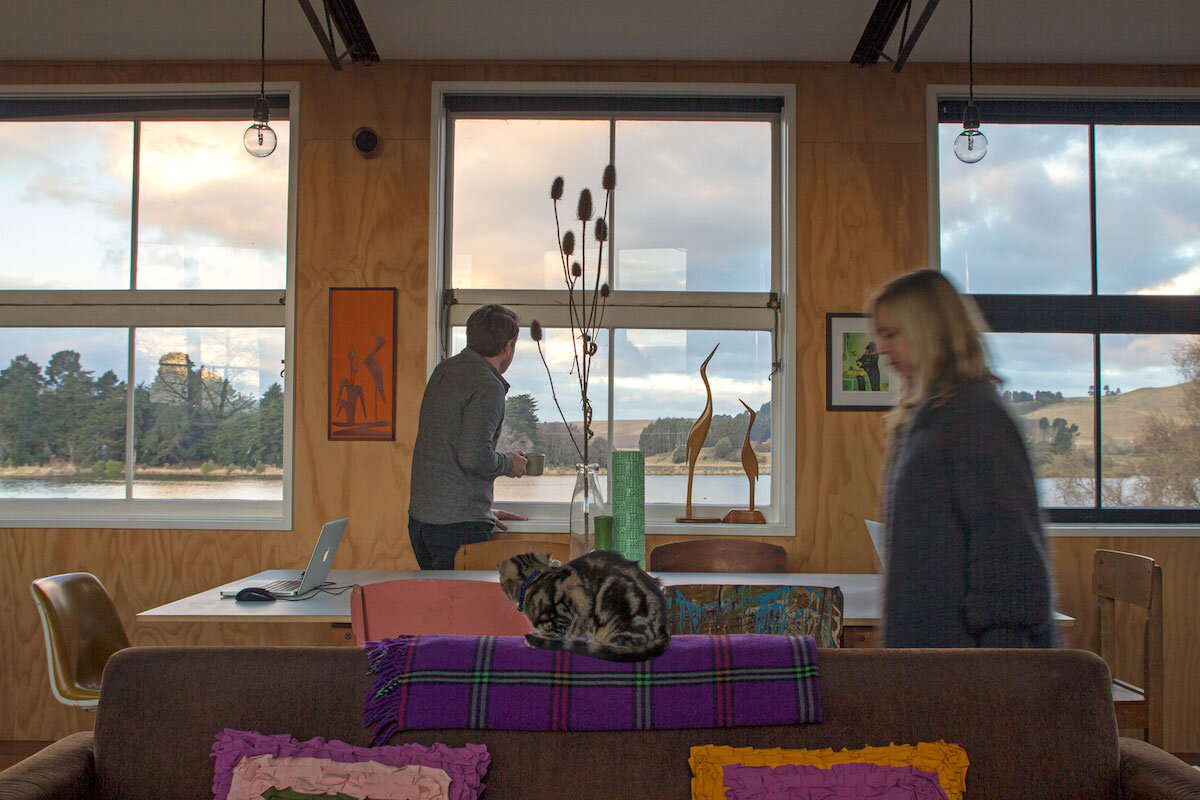Paying for a Google Ad is a method to essentially force your way to the top of search results. This could be put in place to help with initial traffic and build up your audience, which will then - hopefully - lead to you getting a higher organic ranking.
Learn more about Google Ads
KEEP FINE-TUNING YOUR WEBSITE COPY
Whether it is your welcome message or your product descriptions, the better the message reflects who you are, what you’re selling, and what your point of difference is - the more you’ll stand out from the crowd. Don’t be afraid to give your site some personality!
OFFICIAL SUPPORT & OTHER OPTIONS
If you have a question, your first place to look for an answer should be the official help sites provided by Shopify and Squarespace.
Shopify Help Center
Squarespace Help
Don’t just be a lazy client and ask your web developer, try and find the answer yourself first. If you can’t, then by all means, reach out.
Also consider that YouTube is full of ‘how-to’ videos.
LEARN FROM YOUR WEBSITE ANALYTICS
Both Squarespace and Shopify have built-in analytics or for more in-depth analytics you can also connect a Google Analytics account (personally I’m happy with the built-in features).
Review your analytics to see what pages and products are popular, what search terms people are using to find your site and where those people are coming from, and then use this information to fine-tune your site and inform your marketing. This is a HUGE subject and if you are interested you’ll find many, many blog posts out there on the interwebs.
KEEP A BLOG
A blog is a great way to not only keep your website ‘alive’ in the eyes of visitors, but it also gives search engines new content to index, which can positively impact your search ranking. It also gives you a new link to share on social media.
DIRECT MARKETING
If you’ve already got a database of customers, you are one of the lucky ones because this means you can benefit from direct marketing to them. You already know they like your product, so keep marketing to them!
Squarespace and Shopify both have built in email campaign managers (at an additional cost) so you don’t have to neccesarily use an external app like MailChimp.
SOCIAL CHANNELS
Love it or hate it, social media is a powerful tool. It’s not right for every business, but done right you can reach the people who are looking for what you sell and push it under their noses in the nicest way possible. You can do this for free to an extent, but these days social media platforms limit your reach and make you pay to reach more punters.
PRINT ADS
Sometimes a good old fashioned print ad, in the right magazine, aimed at the right demographic can bring in an influx of visitors and hopefully generate some decent sales. The only downside is that, unlike online ads, you can’t specifically tell if people have visited your site from seeing the print ad, but if you see a spike in traffic when the ad comes out, then at least you know it’s working.
DUNEDIN ONLINE
This is 100% a plug for my other business! If you happen to be a Dunedin (NZ) based online business then you should be on Dunedin Online. A basic listing is free or it’s $10 per month with added benefits. The concept is that as a small business may struggle to be found in search results, but by being part of the Dunedin Online community you increase your exposure. It’s also a good example of a quality inbound link to your site (something that Google likes to see when ranking your site).
A BILLBOARD IN THE JUNGLE…
Most importantly, remember the unfortunate truth of a website. Without hard work, fine-tuning, updates, magical web dust and marketing, a website is just a billboard in the jungle...














